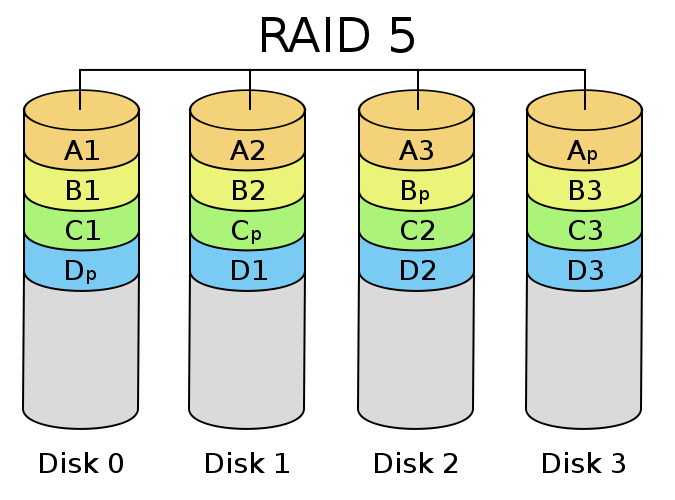 |
|
RAID 5 Recovery – Servers
Need help with RAID 5 Server Recovery? DriveCrash™ can help. Don’t panic!
In most cases (over 97% of them) using the correct procedures, data can be recovered from inaccessible or defective storage devices. Contact DriveCrash™ to learn more about RAID 5 Recovery.
All recovery jobs are treated on an urgent basis and recovery in most cases takes less than 24 hours to complete. With over 24 years of Experience we will recover all data possible.
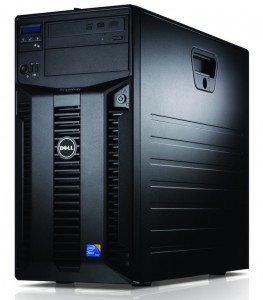 | 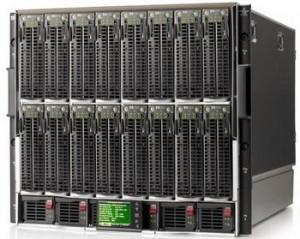 | 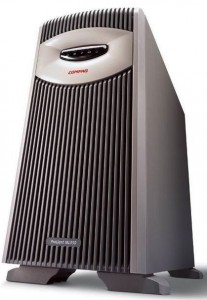 | |
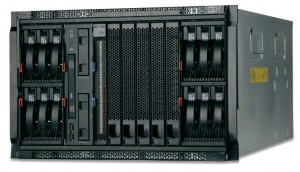 | 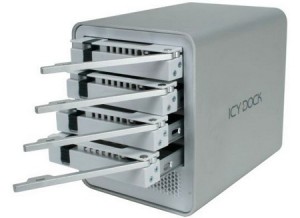 | 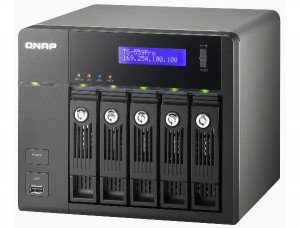 |
RAID 5 Recovery – Servers
We Recover all makes and models of RAID Servers. These RAID 5 manufacturers include:
- • Microsoft Windows™ Servers
- • Windows 2000 Server™
- • Windows Server 2003™ (Win2K3),
- • Windows Server 2003 R2™
- • Windows Server 2008™ (Win2K8, W2K8)
- • Windows Server 2008 R2™
- • Windows Server 2011™
- • Microsoft Hyper-V Server™ (Windows Server Virtualization)
- • Mac OS X™ Servers
- • Mac OS X Server 1.0™ Rhapsody
- • Mac OS X Server 10.0™ Cheetah
- • Mac OS X Server 10.1™ Puma
- • Mac OS X Server 10.2™ Jaguar
- • Mac OS X Server 10.3™ Panther
- • Mac OS X Server 10.4™ Tiger
- • Mac OS X Server 10.5™ Leopard
- • Mac OS X Server 10.6™ Snow Leopard
- • Mac OS X Server 10.7™ Lion
- • Linux™ Distributions
- • Ubuntu™ Servers
- • Debian™ Servers
- • FreeNAS™ Servers (FreeBSD™)
- • VMWare Server™
- • Apache™ Servers
- • Sun xVM™ Server
- • Solaris™ Servers (SunOS)
RAID 50 or RAID 5+0 combines the straight block-level striping of RAID 0 with the distributed parity of RAID 5. This is a RAID 0 array striped across RAID 5 elements. It requires at least 6 drives. RAID 50 improves upon the performance of RAID 5 particularly during writes, and provides better fault tolerance than a single RAID level does.
RAID 51 or RAID 5+1 is an array that consists of two RAID 5’s that are mirrors of each other. Generally this configuration is used so that each RAID 5 resides on a separate controller. In this configuration reads and writes are balanced across both RAID 5s
RAID 53 is typically used as a name for RAID 30 or RAID 0+3. Most of the characteristics of RAID 0+3 and 3+0 are similar to those of RAID 0+5 and 5+0. RAID 30 and 03 tend to be better for large files than RAID 50 and 05.
